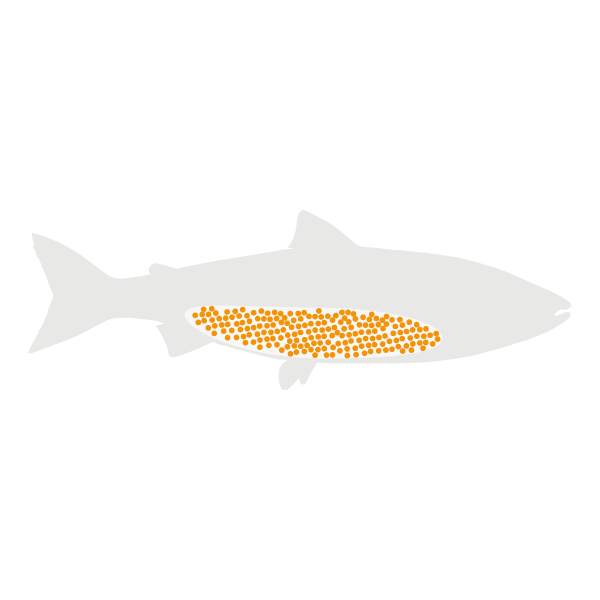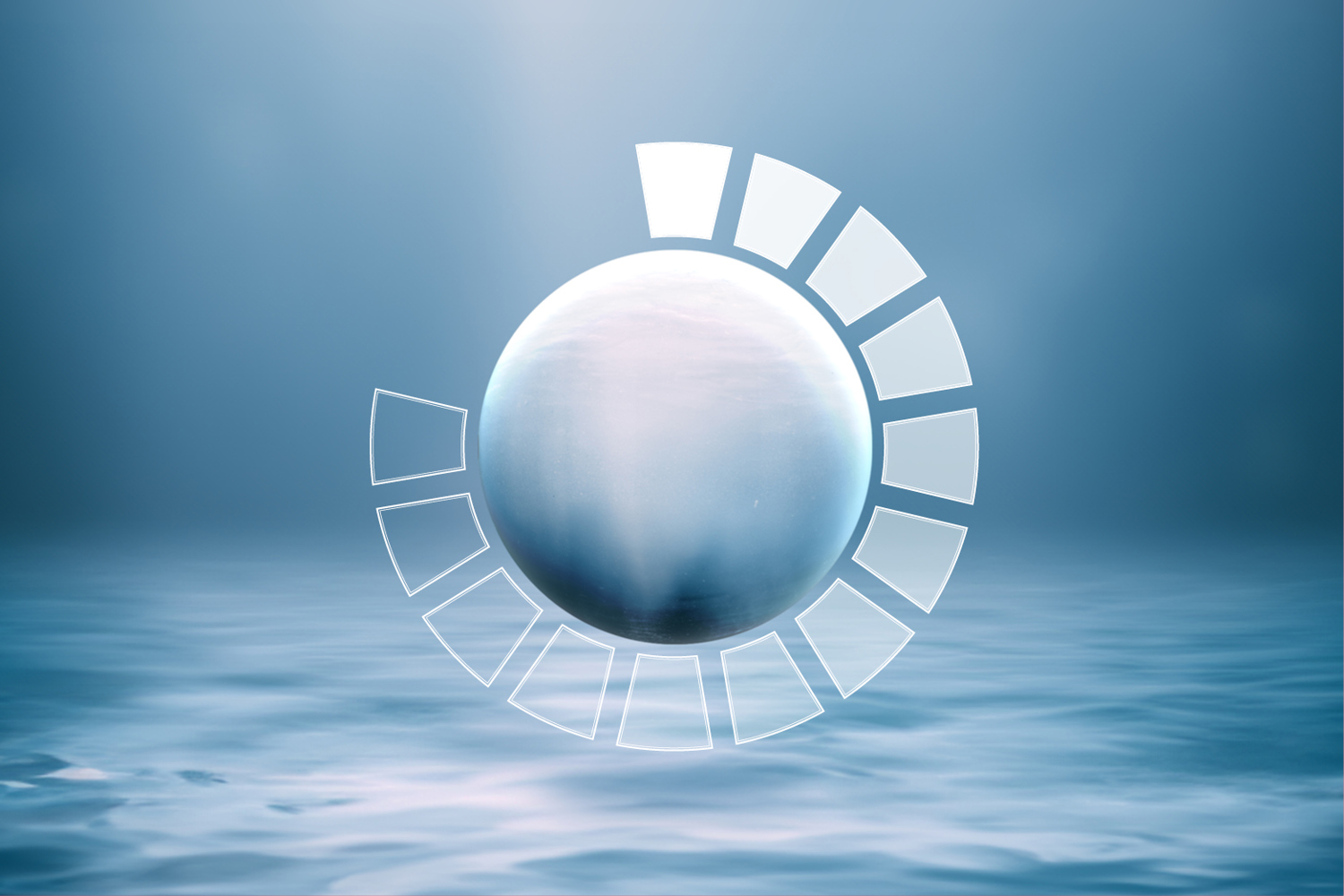
Validation trials at our research station at Lerang, Norway show that fish fed with Nutra Terra gain a higher weight and lower feed conversion ratio than the control group.
At Skretting, we believe that feed raw materials are key to good growth and fish health. The fish do not need specific raw materials, but rather the nutrients in them. Increased use of new feed raw materials and optimising existing ones help ensure sustainable growth in the aquaculture industry.
Nutra Terra is our innovation in growth feed for juvenile fish and has been developed through careful testing of various raw materials and feed formulations. With Nutra Terra, we have reduced the use of limited raw materials compared to conventional hatchery feed. The enzyme phytase is added to the feed, making phosphorus and zinc more accessible to the fish. This enables us to reduce the total amount of phosphorus and zinc in the feed.
Trial results show better growth and reduced feed conversion ratio. At the same time, we see reduced emissions of phosphorus and zink in faeces.
Nutra Terra – a better choice for the fish and the environment.
